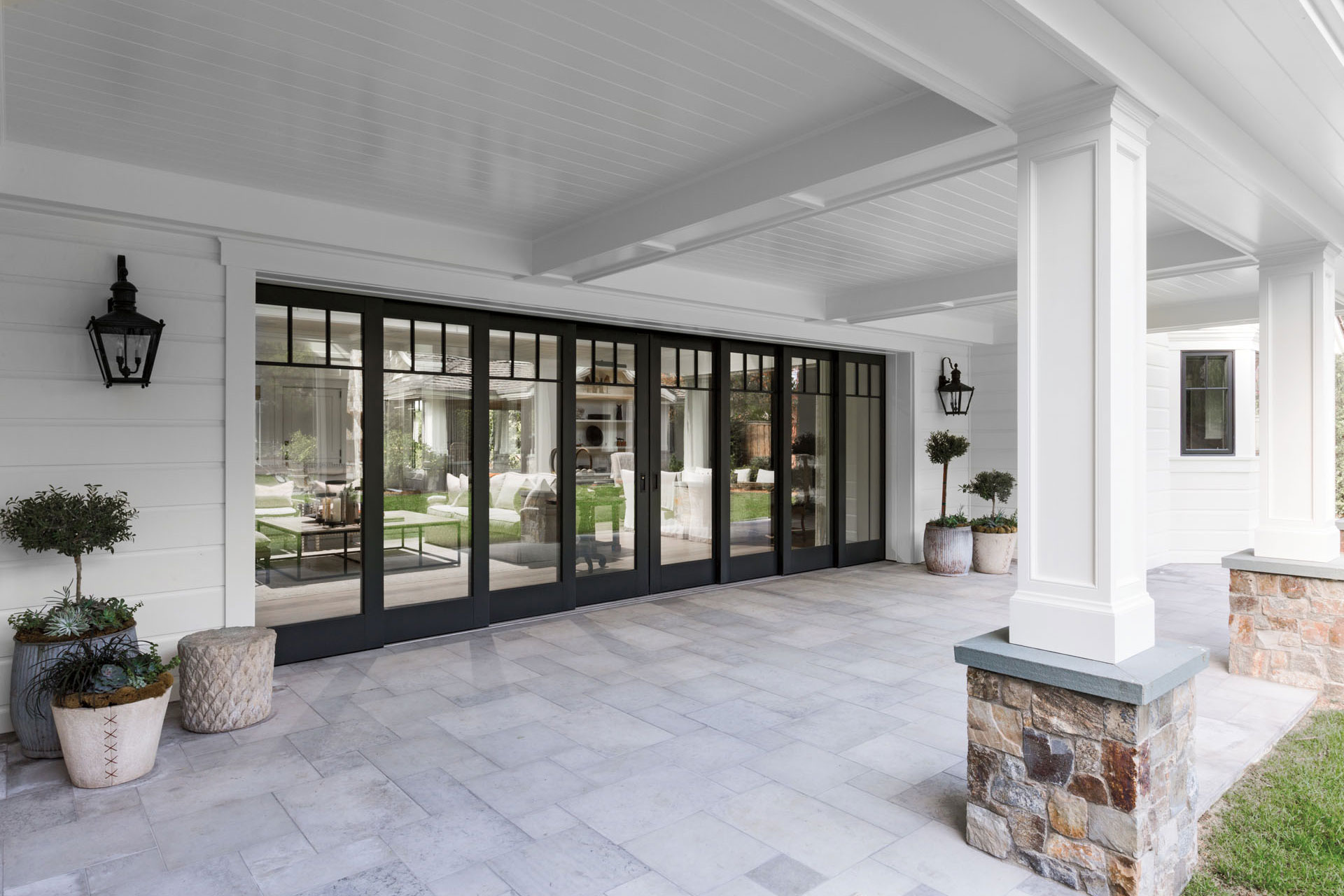 Prepare your replacement windows project.
Prepare your replacement windows project.
Use this model to learn about the types of windows replacement available and the best ones to pick for your home. Yourself can find windows assigned for new construction and replacement. A window for the new building has a nailing fin a ring that allows you to obtain it in the rough opening of a partition. A replacement window insert doesn’t have a nailing spine. It’s fastened in an existing window structure with screws that operate through the window parts, addressing it more uncomplicated to install. When modernizing existing windows, you typically use replacement windows unless the present frame around the opening requires replacing. Before purchasing replacement windows, make sure you have proper measurements of the current rough openings. Windows are either operable (can open) or picture windows (can’t be opened). A pane is a single ply of glass mounted in a window. The window structure consists of the top, side jamb, and ledge.
Window Types.
Each kind of window has distinct features and attributes in addition to an appearance from inside to outside. Examine their function, whether or not you want to force them and the amount of light they allowed in, plus think about how you’ll wash and manage them.
- Double-hung windows offer a traditional look. Both display operable lower and upper sashes. Dropping the top sash and raising the lower sash can provide warmer air near the ceiling to run out through the roof, while cooler air can flow in through the bottom. Numerous double-hung windows offer sashes that tilt inward, enabling you to wash the exterior surfaces from inside your home. This feature is particularly important if the windows are higher then the first floor.
- Single-hung windows look-alike to double-hung models, however only the lower sash is operable. Sliding windows hold one or more panels that move horizontally along the top and bottom trails, permitting you to open up half of the window for breeze easily.
- Glass block windows are individual blocks sealed together with mortar provide privacy. Also allows light into your home. Glass block windows look fixed, or with a built-in vent, you can tilt open. The basement hopper windows are hinged on the bottom and open from the top. They can implement airflow for a basement and are typically located low on an exterior wall.
- A bow window is an arrangement of three or more individual sections placed at small angles 12 degrees, for example.
- Bay windows remain similar but fit together at higher angles — 30 or 45 degrees, and project further from the house. Picture windows are fixed rules meant to offer roomy, unobstructed scenes and provide lots of light.
- Casement windows are connected on one end and turn out for ventilation at the opposite end. They’re simple to open and provide good airflow.
- Awning windows become a top-hinged sash that shifts out from the bottom. This design of an awning window benefits keep the rain out when the window is open. Hurricane (storm) windows reduce the leakage of air into the home, providing a cost-effective way to increase the energy efficiency of single-pane windows. The space within the storm window and the existing window acts as added insulation. The frame material of a window affects factors such as heat transfer, durability, and maintenance.
Vinyl is a popular material for replacement windows. Vinyl windows don’t require painting or finishing, and the plastic doesn’t rot.
Wood is remarkable, especially for the inside parts of a window. Wood doesn’t transfer as much heat or cold as different materials and doesn’t allow as much condensation. Wood windows often come unfinished, but you can save time and money by purchasing them pre-finished on the interior surfaces. Aluminum clad-wood windows offer the benefits of wood on the inside and have a low-maintenance coat of aluminum. The cladding makes the exterior durable and stops rot.
Windows and Energy Efficiency.
Some windows emphasize two layers of glass (double-pane) or three layers (triple-plane). Air or argon gas, which has higher insulating characteristics, is sealed within the panes as an insulator. A more significant number means the window allows a higher percentage of solar heat to pass through. Windows may be marked as ENERGY STAR® certified for specific zones of the nation. Tempered glass is a type of safety glazing. The glass crumbles when broken rather than breaking like standard window glass.
The Sound Transmission Class (STC) rating of a window shows how well it reduces noise from outside. Rough opening dimensions show the size opening the window will suit. The actual dimensions of the window are significantly less than the rough dimensions to deduct for installation materials. Grids or grilles are available with any windows to mimic the look of a window. The grill may be positioned on the window surface or encased within panes of glass.
 Why Choose Pella windows Impervia?
Why Choose Pella windows Impervia?
Excellent performance in casements windows. They are made from the strongest, most durable material available in windows. Pella Impervia products are made from Duracast material – Pella’s five-layer, engineered fiberglass composite.
Withstands high heat and subzero cold. Duracast fiberglass composite resists warping in summer and becoming brittle during winter. Whether you value a clear view, cleaning convenience, energy-efficient windows, or all of the above, Valdicass has the Pella wood replacement windows for you.
Learn more about Pella® Impervia®


